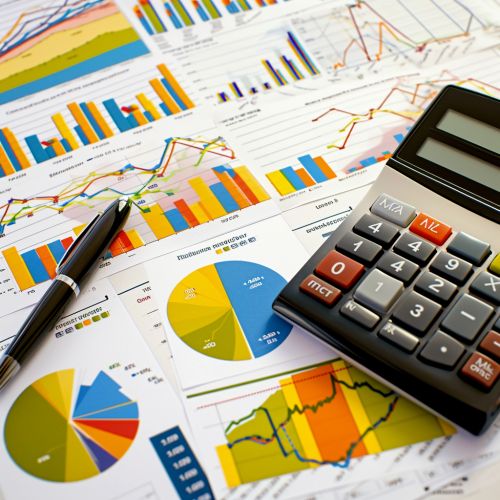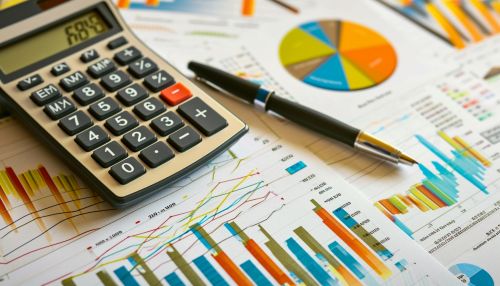Economic Indicators
Introduction
Economic indicators are statistical data points used by economists, analysts, and policymakers to understand and predict the overall health and direction of an economy. They are typically published by government agencies, international organizations, and private research firms. Economic indicators can be categorized into three types: leading, lagging, and coincident indicators.


Types of Economic Indicators
Leading Indicators
Leading indicators are used to predict changes in the economy before they occur. They are used to help predict the future direction of the economy. Examples of leading indicators include stock market performance, building permits issued, and the number of new businesses formed.
Lagging Indicators
Lagging indicators are economic factors that change after the economy has already begun to follow a particular trend. They are often used to confirm the pattern that the economy has taken. Examples of lagging indicators include unemployment, corporate profits, and labor cost per unit of output.
Coincident Indicators
Coincident indicators change at the same time as the economy or stock market. They provide information about the current state of the economy. Examples of coincident indicators include personal income, industrial production, and retail sales.
Importance of Economic Indicators
Economic indicators are crucial tools for economists, analysts, and policymakers in making informed decisions. They provide a snapshot of the economy's health at a given moment in time, and can be used to track economic trends over time. They can also be used to predict future economic activity, which can be useful for businesses and investors in their planning and decision-making processes.
Common Economic Indicators
Gross Domestic Product (GDP)
Gross Domestic Product (GDP) is one of the most widely used economic indicators. It measures the total value of all goods and services produced by an economy in a specific period.
Unemployment Rate
The unemployment rate is a measure of the prevalence of unemployment and it is calculated as a percentage by dividing the number of unemployed individuals by all individuals currently in the labor force.
Inflation Rate
The inflation rate is the rate at which the general level of prices for goods and services is rising, and subsequently, purchasing power is falling.
Interest Rate
The interest rate is the amount charged, expressed as a percentage of principal, by a lender to a borrower for the use of assets.
Limitations of Economic Indicators
While economic indicators are useful tools, they are not without their limitations. For instance, they are often subject to revisions as more accurate data becomes available. Additionally, they can sometimes give conflicting signals about the state of the economy. It's also important to note that while economic indicators can provide a snapshot of the economy's current state, they cannot provide a complete picture.
Conclusion
Economic indicators are vital tools for understanding the state of an economy and predicting future economic activity. However, they should be used with caution and in conjunction with other information to make informed decisions about economic policy and investment.
